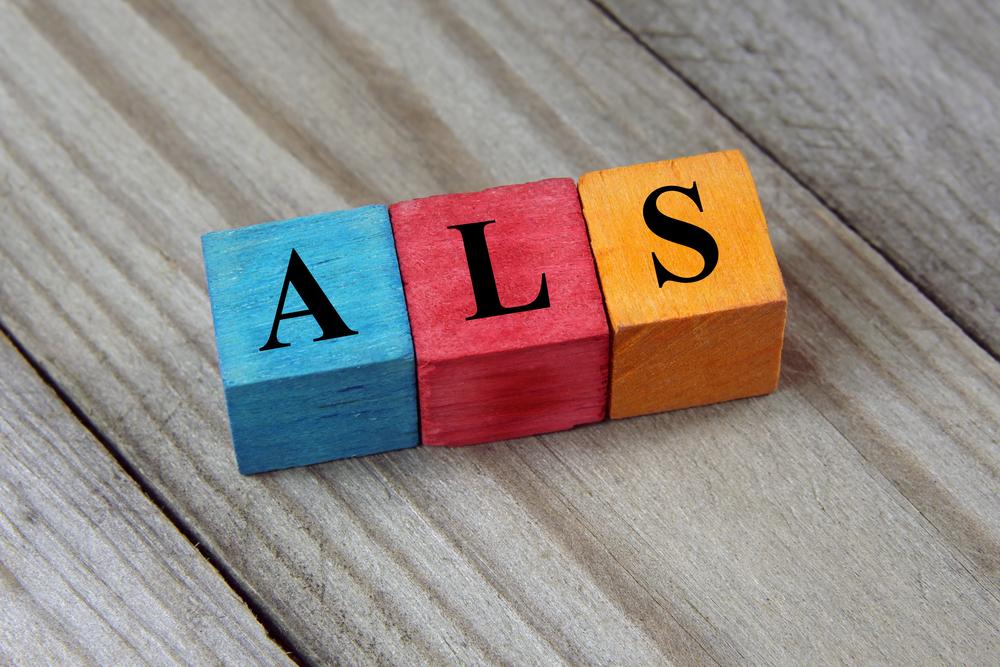
An Overview of the Ways for Diagnosing and Treating Als
ALS or Amyotrophic Lateral Sclerosis is a disease that attacks the nerve cells in the spinal cord and brain. While ALS is tricky to diagnose at an early stage, it is essential that accurate diagnosis and treatment of ALS is done well in advance. Since most symptoms of ALS mimic other neurological diseases, identifying the condition requires prompt diagnosis. Early diagnosis and treatment of ALS can help cope with the disease more effectively. Some of the effective measures related to diagnosis and treatment of ALS have been listed below.
EMG
If you experience any abnormal muscular or speech issues, it is best you go for an Electromyogram (EMG). EMG is one of the most reliable methods for diagnosis that makes treatment of ALS more convenient. The procedure of the EMG test requires you to get needle electrodes inserted through your skin into different muscles so that the electrical activity of the muscles is evaluated. EMG enables doctors to identify any abnormalities in the muscles and promptly detect the condition.
Nerve conduction study
The nerve conduction study, as the name suggests, studies the ability of the nerves to send impulses to various muscles in the body. The test aims to determine any potential nerve or muscle damage. The study can also detect and diagnose if the muscle is affected by any disease.
Lumbar puncture or spinal tap
This is a diagnostic method where the doctor removes and analyses a sample of your spinal fluid. This procedure is usually carried out by a specialist who inserts a small needle in the lower back to remove a small portion of the cerebrospinal fluid for a laboratory test.
MRI
This is a common step when it comes to diagnosis and treatment of ALS or any other condition. Magnetic Resonance Imaging or MRI uses strong magnetic fields and radio waves to produce elaborate images of the spinal cord and the brain. This diagnostic method cannot only spot abnormalities related to ALS but also detect spinal cord tumors, herniated or prolapsed disk, and more.
Blood and urine tests
The diagnosis and treatment of ALS is also possible by analyzing the samples of urine and blood to identify any other causes that would indicate the symptoms of ALS.
Muscle biopsy
Often many muscular ailments show symptoms similar to ALS. In such cases, a doctor would put you under anesthesia and remove a tiny portion of your muscle to determine the disease.
After proper diagnosis, it is important that you undergo treatment of ALS. When it comes to treating ALS, it is believed that the damages can’t be reversed, but the progression of the symptoms can be slowed down or stopped. Some of the popular treatments of ALS have been listed below.
Medications
With several advancements in medical science, there are a couple of drugs available on doctor’s prescriptions that are known to deter the progression of the condition and facilitate daily activities.
Physical therapy
This is a popular measure of diagnosis and treatment of ALS in which a therapist takes care of the walking, mobility, balancing, and other physical needs that are essential to keep the patient independent. This therapy also includes low-intensity exercises to maintain the fitness, motion, and strength of the muscles.
Speech therapy
Since ALS causes some degree of speech impairment, a speech therapist can help teach certain techniques to make the speech comprehensible. The therapist is also known to help the patient find alternative methods of communication.
Other therapies
When it comes to ALS, several other therapies including breathing therapies, diet and nutrition, social support groups, psychological therapies, and the like are available to improve the patient’s overall quality of life.




